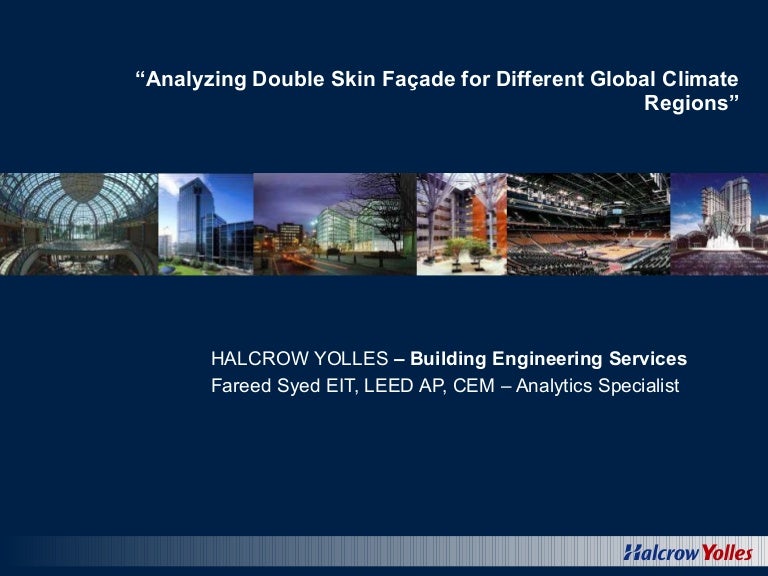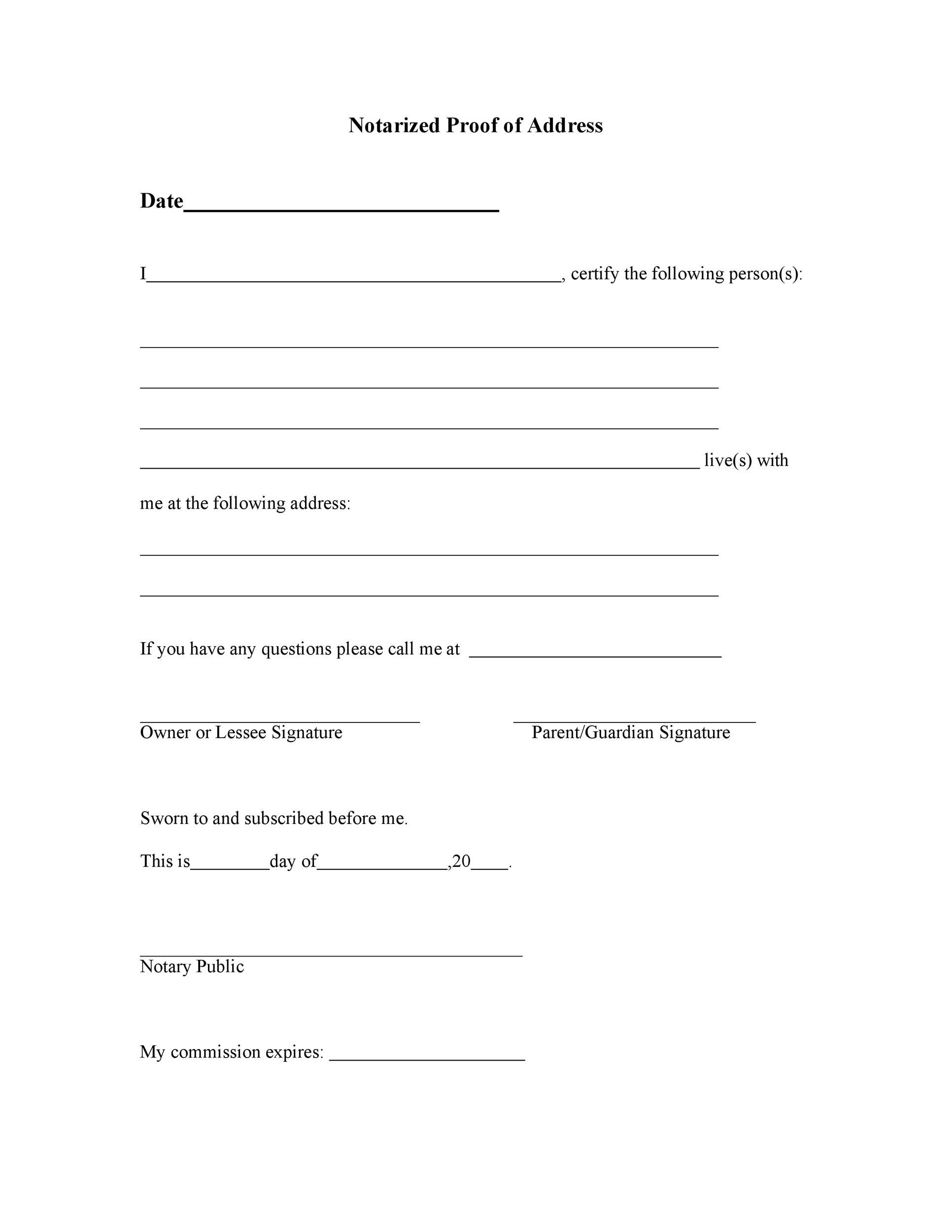
This can be selected on the Lighting tab. The "TM59 Lighting" Lighting template is also provided to allow appropriate lighting loads to be set, according to TM59 chapter 5.2. Selecting the right Activity template ensures that the correct TM59 reports are generated for each zone and avoids unnecessary outputs from being generated. These can be found in the “Residential spaces” activity folder. To reduce the amount of work necessary to set up the occupant and equipment gain profiles, a set of TM59 Activity templates are provided. The Air velocity for comfort calculations can be set on the Model options dialog, Simulation tab under the Other header. the 75/55W ratio will be always used.Īlso, according to TM59 chapter 3.6, the modelled air speed should be set to 0.1 m/s. Setting the Occupancy latent gains to 2-Fixed fraction ensures that the simulated occupancy gains will be aligned with the standard, i.e. “A maximum sensible heat 75 W/person and a maximum latent heat gain of 55 W/person are assumed in living spaces”. Equipment gain units = 2-Absolute zone power.Occupancy latent gains = 2-Fixed fraction *.To ensure the correct behaviour of pre-defined TM59 activity templates, it is necessary to modify the default model options as described below: The appropriate site exposure type can be set at site level on the Location tab > Site Details > Exposure to wind. Tip: You can obtain CIBSE weather files suitable for use in TM59 analyses from the DesignBuilder CIBSE weather file page. TM59 Modelling process Weather dataĭSY weather data files required for the simulations can be imported using the approach described on the Add new hourly weather data help page. Note: this guide does not include all of the details required to build, simulate and assess a model according to TM59 and it’s still necessary to refer to the TM59 Design methodology for the assessment of overheating risk in homes standard itself. The modelling example starts after the model geometry has been completed (including construction and opening assignment). It is divided into the following sections: This guide summarises the key points in the CIBSE TM59 methodology and provides a commented example of the DesignBuilder TM59 analysis workflow. However, the methodology should also be applicable to houses.

The testing of the methodology has focused on flats, as they tend to represent a higher overheating risk than houses.


TM59 is a standardised approach to predicting overheating risk for residential building designs (new-build or major refurbishment) using dynamic thermal analysis. CIBSE TM59 - Modelling and Analysis Guide CIBSE TM59 - Modelling and Analysis Guide


 0 kommentar(er)
0 kommentar(er)
